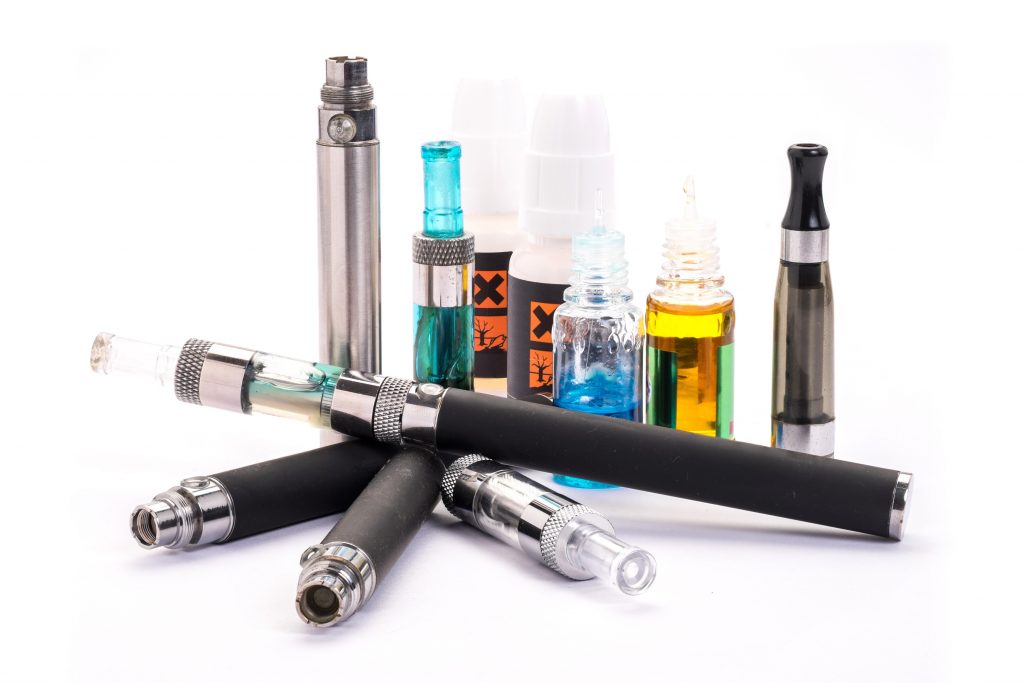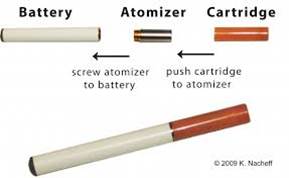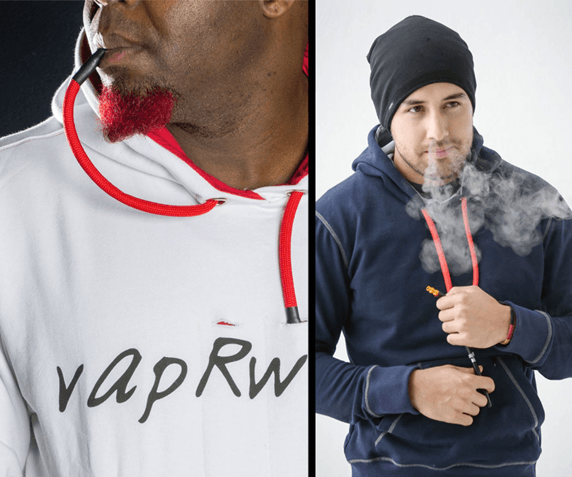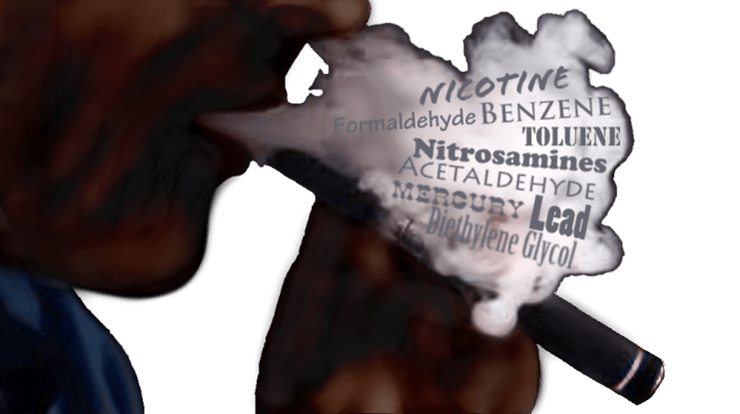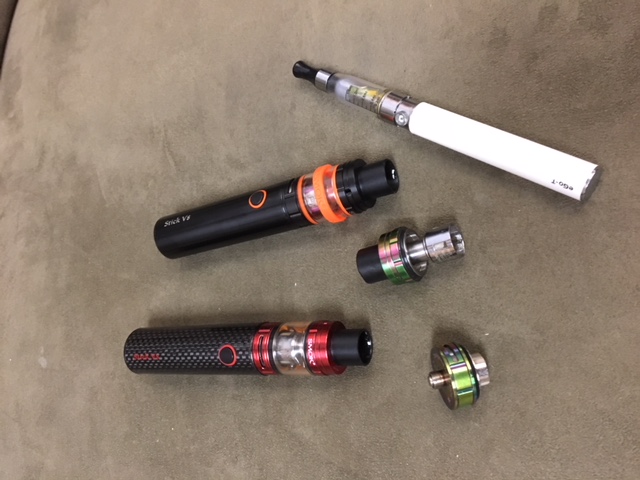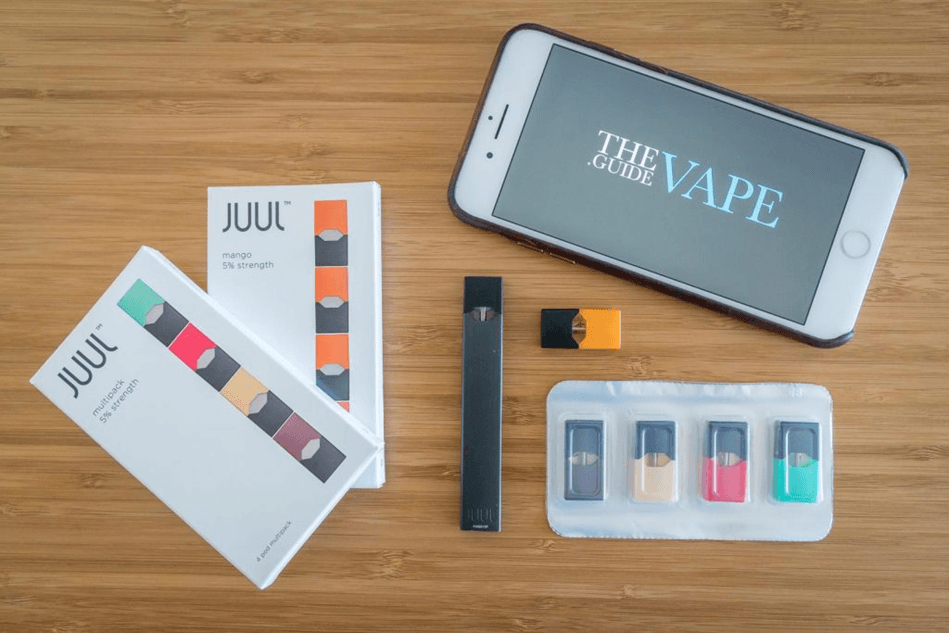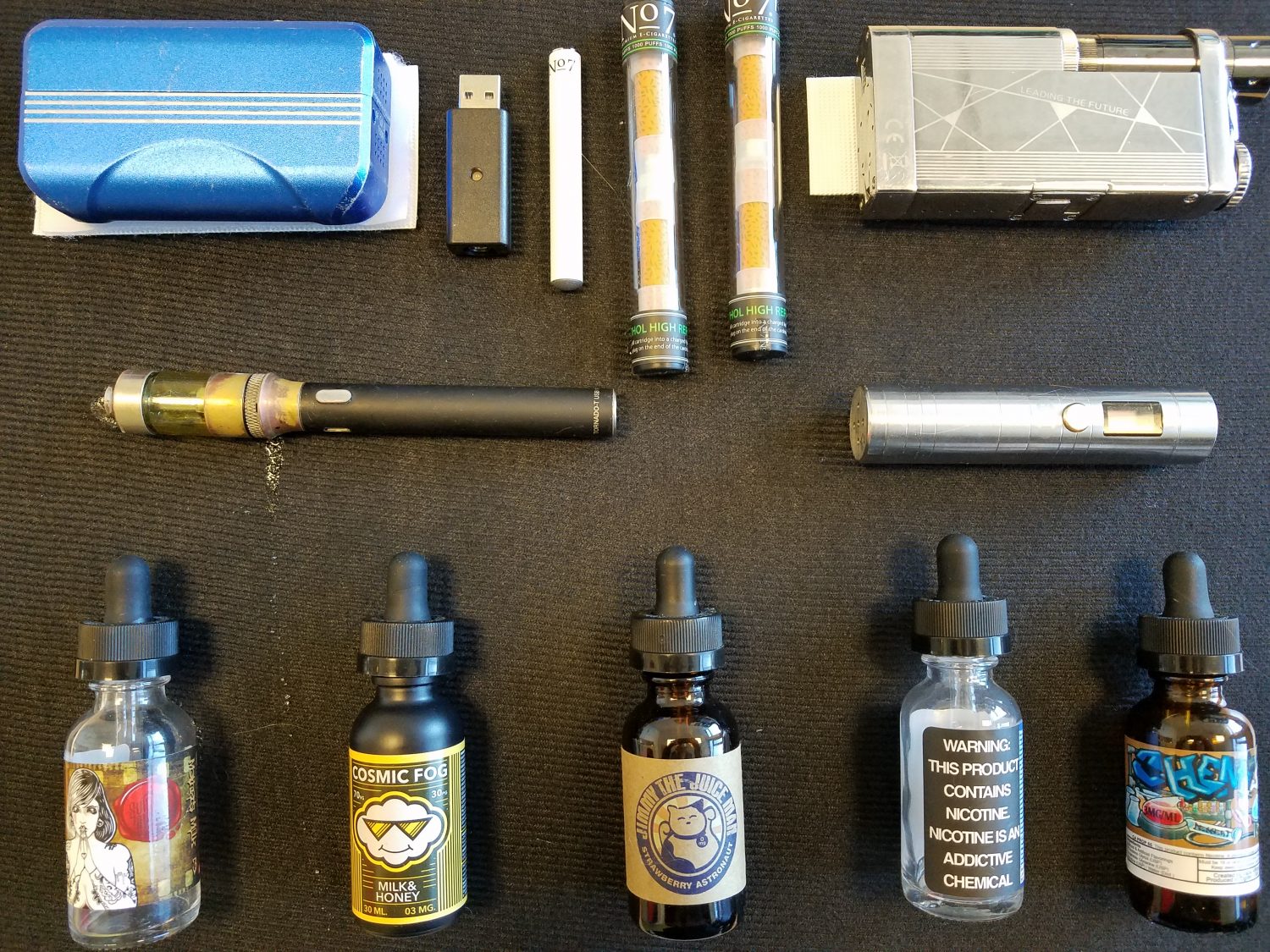Vaping 101:
Parent’s Guide to Vaping – recognize the signs
Stream or download the information below in audio format by clicking here.
Vaping is a growing trend among youth in Summit County.
- Since 2011, Utah youth use rates have tripled despite the law prohibiting sales to minors under the age of 19.
- Nearly 21% of teens in grades 8-12 have tried electronic cigarettes in Summit County.
- Youth are more likely to use e-cigarettes than any other tobacco product on the market.
- Nearly one-third of teens who used e-cigarettes in the past 30 days have never tried a cigarette.
As a parent, knowing what vaping is, how it can affect your youth, and what to look for can be difficult. Here are some basics:
Vaping is done with an Electronic Nicotine Delivery System (ENDS). And ENDS is “an electronic device used to deliver or capable of delivering vapor containing nicotine to an individual’s respiratory system.” (2015, July). Other terms parents or youth may here that are synonymous with vaping and ENDS include: E-Cigarettes; Vape Pens; E-Hookah; Personal Vaporizers (PV’s); Mods; Tank Systems; and most recently Juul’s. Basic models consist of a battery which powers the unit, an atomizer that vaporizes the nicotine, and a cartridge which houses the nicotine liquid (called e-liquid). These mods are customizable and hard to detect.
What is E-Juice?
E-Juice is the liquid in the mods that is heated and then inhaled. The chemicals in the vapor become ultrafine particles that can be inhaled deep into the lungs. E-Juice is made up primarily of 4 Chemicals Nicotine, Propylene Glycol, Vegetable Glycerin, and Lots of flavoring. If you research these chemicals, you would find that these are all food grade chemicals. They have been approved by the FDA to use in food processing in SMALL amounts. The long-term safety of their inhalation is not known at this time. Many other chemicals are used in the manufacturing and processing of e-juice. What we do know about the safety of some of these chemicals is below:
- Propylene glycol – the base chemical for these substances – has been shown to have the following initial use problems:
- Trigger Asthmatic Reactions
- Cause chronic respiratory issues like bronchitis.
- And irritate the noes, eyes and throat.
- Diacetyl is a flavoring commonly found in microwavable popcorn and E-Juice. This flavoring when inhaled has been known to cause “popcorn lung.” Tumors will develop around the lungs from breathing in this chemical. Several factory workers exposed to this chemical developed lung cancer from it.
- Nicotine: “Is a naturally occurring toxic chemical found in tobacco plants. It has a fishy odor when warm. Cigarettes, cigars, other tobacco products, and tobacco smoke contain nicotine. At one time, nicotine was used in the United States as an insecticide and fumigant; however, it is no longer produced or used in this country for this purpose. Nicotine affects the nervous system and the heart. Exposure to relatively small amounts can rapidly be fatal” (Gaspforair.org)
- Benzene: “May cause drowsiness, dizziness, headaches, as well as eye, skin, and respiratory tract irritation, and, at high levels, unconsciousness. Chronic (long-term) inhalation exposure has caused various disorders in the blood, including reduced numbers of red blood cells and aplastic anemia, in occupational settings. Increased incidence of leukemia (cancer of the tissues that form white blood cells) has been observed in humans occupationally exposed to benzene. EPA has classified benzene as known human carcinogen for all routes of exposure” (gaspforair.org).
- Heavy metals, such as nickel, tin, and lead which are known carcinogens and toxic to the human body.
Scientists are still working to understand more fully the health effects and harmful doses of e-cigarette contents when they are heated and turned into an aerosol, both for active users who inhale from a device and for those who are exposed to the aerosol secondhand.
Why are we concerned?
- Youth who vape are twice as likely to smoke regular cigarettes compared to those who have never vaped.
- E-juice refill bottles can be dangerous since some have been measured to contain up to a gram of nicotine—almost 17 times the fatal dose for an adult.
- Little is known about the safety of the ingredients in the E-juice when they are inhaled.
- Electronic adjustments can be made to increase nicotine level, size of vapor cloud, etc. so it is hard to determine how much of the nicotine and other chemicals are being inhaled.
- Quality of manufacturing. Until the FDA deeming rule came out in 2016, there were no manufacturing standards to make e-juice.
- E-cigarettes can be used as a delivery system for a large number of drugs besides nicotine – including THC (the active drug in marijuana), alcohol, meth and other drugs.


